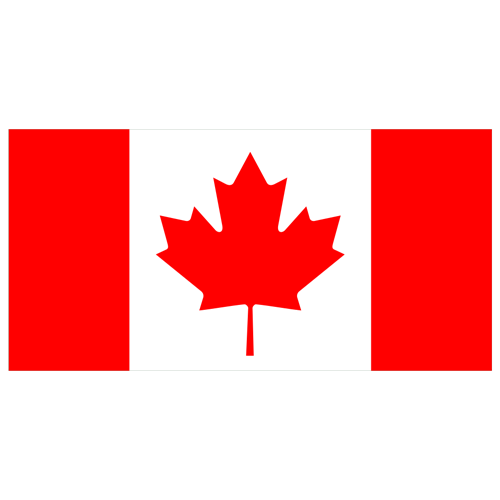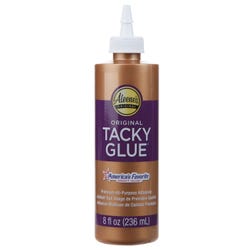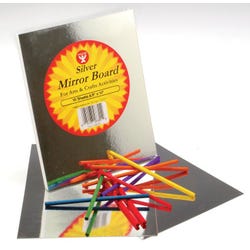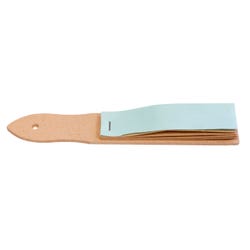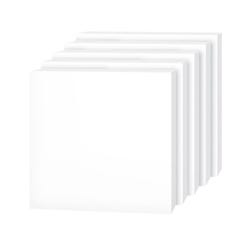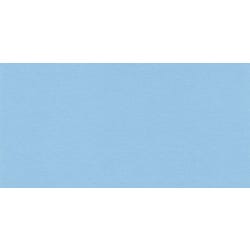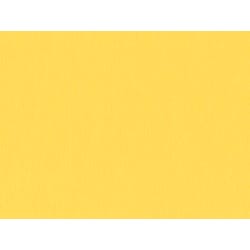88 Constellations and Growing

Description
Lesson Plan and Artwork by Mary Reilly
In 1922 the International Astronomical Union determined that there are 88 constellations. Most of these constellations have been around for centuries and were used as landmarks or navigational tools. Many are still used in this manner today. These groupings or collections of stars were often named after animals, people, or objects and in some cases became part of folklore. In this lesson, students will have the opportunity to create a personal 3D star mat to be included in a collaborative classroom constellation. Students will make their stars out of Crescent Matboard. In doing so, they will learn to make straight and bevel cuts on matboard.
Objectives
- Research the science of stars and the history of constellations.
- Learn to cut straight and beveled lines on matboard using a mat cutter.
- Create an individual 3D star to become part of a class constellation.
Supplies Needed
Crescent® Select Conservation Mat Board, 32 x 40”, Summer, Pack of 10
Crescent® Select Conservation Mat Board, 5 x 5”, Cornflower, Pack of 10
School Smart® Foam Boards, Pack of 48
Jack Richeson™ Sandpaper Block with Wood Handle, Pack of 12
Aleene’s® Tacky Glue®, 8 Oz, Dries Clear
Hygloss® Mirror Board, 8-1/2 X 11”, 10 Sheets, Silver, Pack of 10
*Here are the supplies needed for this lesson plan for reference. Find a convenient carousel of shoppable products for this lesson below.
Standards
Standard #1: Generate and conceptualize artistic ideas and work.
Standard #3: Refine and complete artistic work.
Standard #6: Convey meaning through the presentation of artistic work.
Instructions
1
Have students create a template base out of paper. This will allow them to experiment with their shape and determine the number and sizes of pieces they will cut out of matboard to create their star mat. By creating this star out of paper first, the students can determine the number of shapes needed for this project. The shapes can then be transferred to the matboard for easy cutting.
2
The final size used for this lesson was 8 inches by 8 inches with a 4.5-inch center opening. This gives a 1¾ inch frame to build the star on. Then different size triangles (used in this lesson) or any straight-edged shape will be cut to create the star’s points. Several sizes of triangles or shapes will be needed. This lesson used four different size triangles. QTY 4 – 3 ¾ in. W x 4 ¾ in. H; QTY 4 – 3 in. W x 3 ½ in. H; QTY 8 – 2 ¼ in. W x 2 ¾ in. H; QTY 8 – 2 in. W x 1 7⁄8 in H.
3
Using the paper cutouts, the star can be developed on the template base. The shapes can then be transferred to the matboard for easy cutting.
4
Select the color or colors of matboard for the star. Prepare the matboard for cutting by drawing out the necessary shapes onto the back of the board. A piece of Crescent Matboard, 21 inches x 32 inches, was used to create this star.
5
Demonstrate mat cutting, with students using a mat cutter that creates both a straight and beveled cut. Cutting a mat is an art and does require some practice by students. This lesson helps students practice and perfect their basic cutting skills. Always make sure to discuss safety when using any type of cutting blade.
6
Check edges of cut pieces. If rough, they can be smoothed out using a sandpaper block at an angle across the rough edges.
7
In addition to cutting out matboard pieces for their star design, students will need to cut small pieces of foam core board to create different heights in their overall designs. Small half-inch pieces were used to create dimension in this lesson.
8
Glue shapes down onto the base mat and keep building upward using foam core pieces as needed, to enhance and give dimension to the design.
9
When completely dry, attach a piece of Mirror Board to the inside of the star mat. Or, give students the option to attach a photo or image inside their star to make it their own.
10
Have students decide what their class constellation will look like – it could be a school mascot, a superhero, or a local landmark. If the class is large, maybe two constellations can be created. Mount stars on the wall to create the constellation, and use yarn to link the key stars that create the desired image.
11
Have students critique the final constellation.



